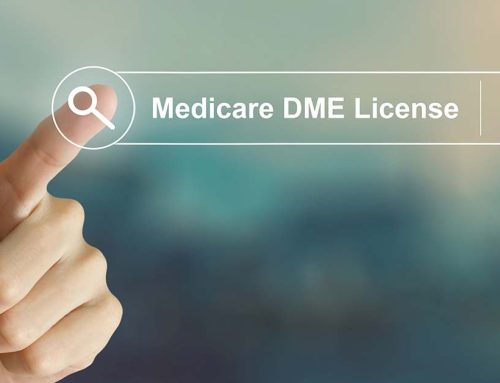As a medical assistant, you play a vital role in your clinic. You are the doctor’s right hand. They cannot run a successful wound care practice without you! Wound care is one of the most rewarding things that you can do. Wounds that do not successfully heal can quickly turn into amputations, and patients with an amputation have a 50% chance of dying within five years. By helping the doctor in the wound care process, you are not only saving someone’s limb, but you are potentially saving someone’s life!
Provide Reassurance
Be cheerful and encourage your patients. This can be a lengthy process and, for many, a daunting one. Wound care should never be treated lightly. It is a lot like cancer. The treatment is a process! Some things will work, and some things won’t. Unfortunately, wounds can reoccur or be slow to heal, and patients can be easily discouraged. Encourage them to keep their blood sugar in control, remain non-weight-bearing, and eat a proper diet. Motivate them to keep their future appointments. Keep a happy attitude and have a listening ear. For many of your patients, this visit is the only outing they have had all week. Be a reassuring a positive presence for them.
The NLDOCAT
Wound care patients will have many more appointments than other patients. It is important to know what an NLDOCAT is and how it is used. An NLDOCAT is a vital tool to get an accurate subjective on a patient. Ask these questions to your patient to get a good understanding of what is happening with the patient.
Location: Where is the problem located?
Duration: How long has this been happening?
Onset: When did you first notice it? What were you doing at the time?
Characteristics: What kind of pain is it?
Aggravating/ Alleviating: What makes the pain better or worse?
Treatments: What have you done at home to help? Did it work? Did you follow the instruction given last time?
Additional Documentation
Document, Document, Document! Document anything that was done to the patient. Every office will have its own unique protocols for what the medical assistant documents. Here are some examples of additional documentation that are beneficial to add to your notes.
Measurements
Ensure that these are accurately entered and that wounds are entered in the same order consistently. You want to make sure that wound #1 is the same wound #1 as the last visit. Also, make sure that you give an accurate description of where the wound is located. You will need to document both pre and post-debridement measurements.
Pictures of the Wound
Make sure that these are attached to the patient’s chart and that the patient’s name and date are in the photo. Also, make sure that the pictures are labeled by the wound’s location, the corresponding wound number, and if they are pre or post-debridement.
HINT: Pictures are great to show patients when they are getting depressed at how long the wound is taking to heal!
Dressing Changes & Dispensing
Was the patient dispensed wound care supplies? Was the patient told to do anything, or was x-rays taken? This helps the physician tremendously. Make sure to ask the patient if they are performing dressing changes the way the doctor instructed. How often? Who is helping? What has your blood sugar been? Are you taking your antibiotics? etc.
Don’t Tell…
ABOVE ALL!!! If a patient states, ” Don’t tell the physician……….” Make sure that “Don’t tell” is accurately documented in the chart note.
The MA’s Vital Role in Wound Care
Medical assistants are very important when it comes to wound care patients and their care. Patients can feel intimidated by their physicians. You are the middleman between the patient and the doctor. Patients are often more comfortable with medical assistants, and therefore, they are likely to disclose important information to you. Be that person to your patients!

Holly Burkman, MBA
Holly is a recognized international speaker and author. Working with her husband to build a medical practice from the ground up, she has handled all aspects of the podiatry field from medical assisting to billing and practice management. Currently, she spends her time as a practice management consultant helping physicians learn how to run successful medical practices by implementing protocols. Holly holds numerous degrees and certificates that give her the credibility to help practices; however, it is the years of personal in-office experience that allow her to offer customized solutions that make practices profitable again.





